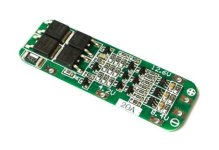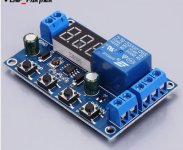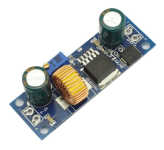izeman
1 GW
I plan to install a new smart home security systems. Therefore several low voltage devices need to stay powered during a power outage.
This includes cable modem, switch, smart home hub and the security system itself. All of them run off 5/12V.
So i thought of building a small UPS from 18650 batteries of which i have lot left. Something like a 3s4p system would be 12V/8Ah. Overall power consumption is around 2A, so it will be good for ~4h.
The easiest approach i could think of was a "standard" 3s BMS like this:

The BMS will be permanently connected to mains power via a 12V wall AC/DC converter and to the 12V powered devices in parallel.
That way the battery will be permanently fulled to 12v (which is fine as the battery will have a longer shelf life @4V/cell), and permanently emptied at the same time. Well probably not emptied, as the wall plug gives enough power to keep the battery charged and power the devices at the same time.
Do you see any issues with this approach?
This includes cable modem, switch, smart home hub and the security system itself. All of them run off 5/12V.
So i thought of building a small UPS from 18650 batteries of which i have lot left. Something like a 3s4p system would be 12V/8Ah. Overall power consumption is around 2A, so it will be good for ~4h.
The easiest approach i could think of was a "standard" 3s BMS like this:

The BMS will be permanently connected to mains power via a 12V wall AC/DC converter and to the 12V powered devices in parallel.
That way the battery will be permanently fulled to 12v (which is fine as the battery will have a longer shelf life @4V/cell), and permanently emptied at the same time. Well probably not emptied, as the wall plug gives enough power to keep the battery charged and power the devices at the same time.
Do you see any issues with this approach?



